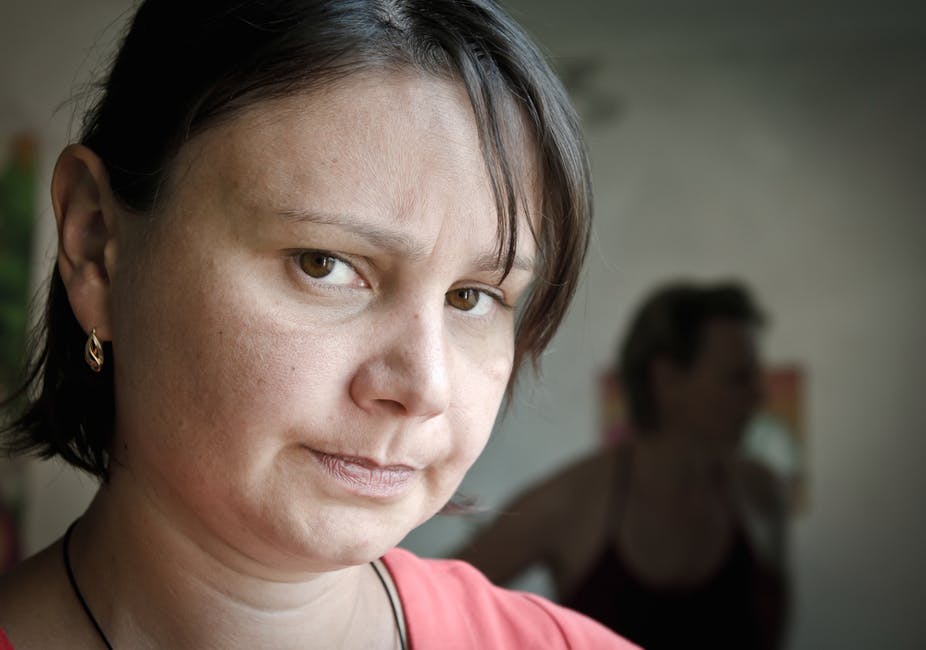Most Australians have benefited from Australia’s decade-long period of economic prosperity – except for single parents and their children, a new study reveals.
The latest release of the Household, Income and Labour Dynamics in Australia (HILDA) Survey Annual Statistical Report, which has collected annual data on a range of aspects of life in Australia since 2001, shows Australian households increased their wealth to an average of A$684,000, despite a dip caused by the global financial crisis.
However, almost one in four children from single-parent families live in poverty.
In 2010, 24.1% of children in one-parent households lived in poverty, up from 20.8% in 2001. The proportion of children from two-parent households decreased slightly throughout the decade, to 7.6% in 2010.
Study leader Associate Professor Roger Wilkins, from the Melbourne Institute of Applied Economic Research at the University of Melbourne, said a high proportion of lone-parent families depended on government payments as their primary source of income, making them vulnerable to policy changes which reduced payments.
“The data seem to suggest that the welfare reforms of 2006 in particular have been an important source of the rise in child poverty in lone-parent households,” he said.
The 2006 “welfare to work” reforms placed sole parents who entered the welfare system on Newstart Allowance if the youngest child was aged eight years or older. This was extended by the Gillard government in January this year, moving all sole parents with children aged over eight from parenting payments to the lower-paying Newstart.
Prof Wilkins said in 2006 the income tests became more stringent for sole parents placed on Newstart Allowance, meaning sole parents could earn less from part-time work before their benefits were affected.
The government has now reduced the rate at which employment earnings reduce benefits for single parents on Newstart Allowance, which might help mitigate the rise, he said. Prof Wilkins said while this data would not be available until 2014, “… overall I would expect it to contribute to some rise in poverty amongst children living in lone-parent households”.
Elderly, single Australians were also at high risk of poverty, with the HILDA study showing 35.8% of elderly single women lived below the poverty line in 2010, though this was down from 44% in 2001.
The study assessed the poverty line as less than 50% of the median household income, meaning people in this category were “unable to afford the goods and services needed to enjoy a normal or mainstream lifestyle”.
Poverty trap
Monash University social policy lecturer Dr Olga Bursian said housing affordability was one of the greatest problems for single-parent families.
“We have the most unaffordable housing in the world,” she said, adding that families living below the poverty line also struggled with everyday things like heating, being far from transport, dental care and sending children to school in old or worn-out clothes.
“It also means families needing to go without holidays … and missing out on school excursions because parents can’t afford the few dollars to pay for the bus.”
With current welfare policies, struggles for single-income families were likely to get worse, Dr Bursian said.
“What we’re going to get more of is people working in very low incomes – the working poor.
"The compulsion to find and accept any kind of work regardless of its adequacy – and the punitiveness of having to accept any kind of work so you don’t lose your benefit – that would also impact on increased stress within family,” she said.
“In the long term, this may retard people’s ability to get out of poverty; the length of time they remain in poverty may increase.”

